
Electrical Engineering
Cleaning nanowires to get out more light
A simple chemical surface treatment improves the performance of nanowire ultraviolet light-emitting diodes.
Page 2 of 2

Electrical Engineering
A simple chemical surface treatment improves the performance of nanowire ultraviolet light-emitting diodes.

Electrical Engineering
A metal-organic framework that can take up twice its weight in water and then release it when humidity falls.
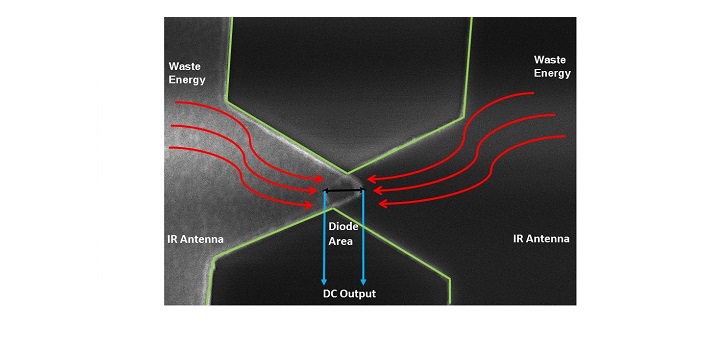
Electrical Engineering
Innovative diode design uses ultrafast quantum tunneling to harvest infrared energy from the environment.
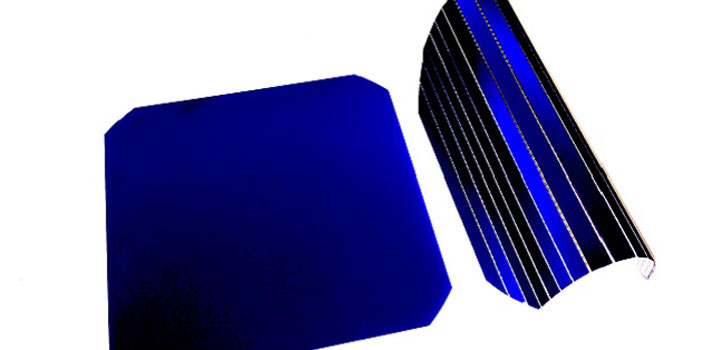
Electrical Engineering
Ultrathin, rigid silicon segments that are wired through interdigitated metal contacts produce ultraflexible high-performance solar cells.
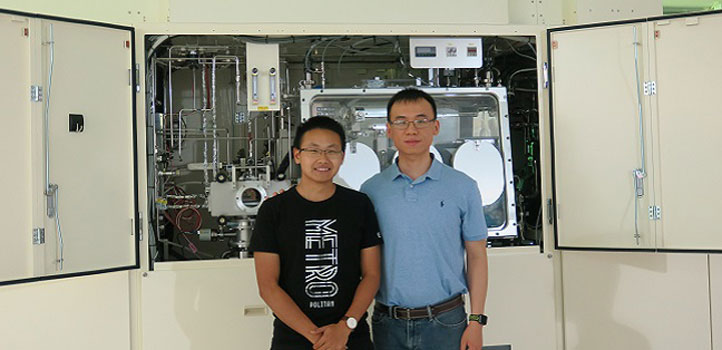
Electrical Engineering
Fine tuning the composition of nitride alloys can further the development of optical and electronic interface devices.
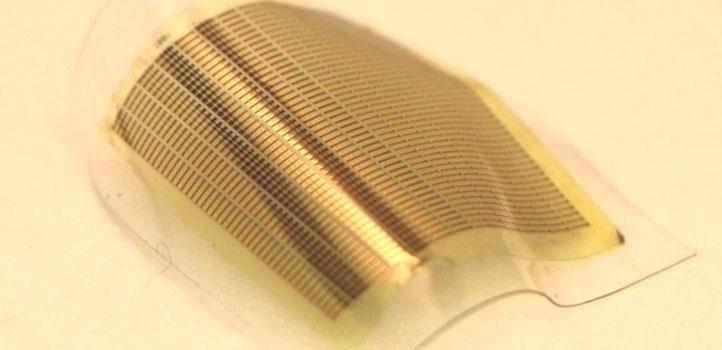
Electrical Engineering
Wavy transistors that vertically gain width without increasing their on-chip footprint could drive future flexible displays.

Electrical Engineering
An easy and reliable assembly approach, inspired by building blocks, challenges the current fabrication of electronic systems.
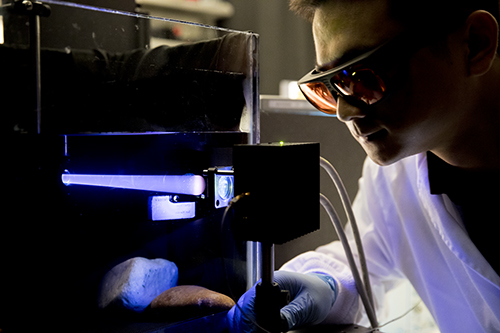
Electrical Engineering
High-speed communication systems based on ultraviolet radiation are now in sight.
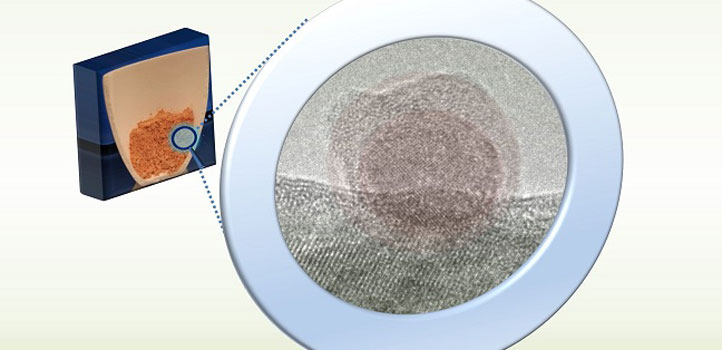
Electrical Engineering
A method for creating nanoparticles without using solvents could lead to environmentally friendly electronics.

Electrical Engineering
Redesigned lithium-ion batteries could help improve the efficiency of orthodontic devices.
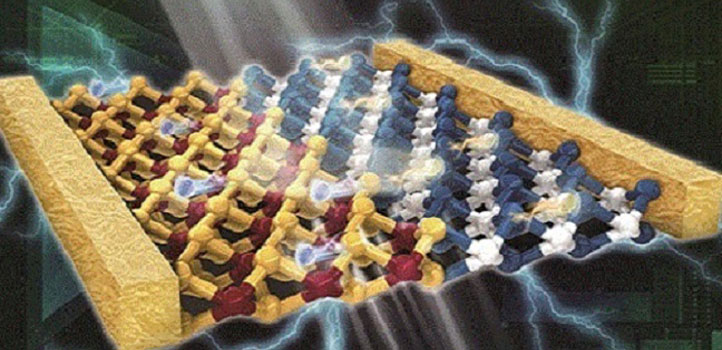
Electrical Engineering
The side-by-side deposition of atomically flat semiconductor sheets enhances solar cell conversion efficiency.
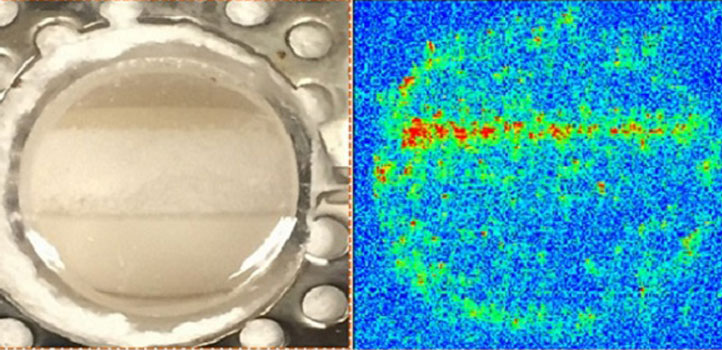
Electrical Engineering
The molten surface of a sodium-based material could assist the direct conversion of methane to useful building blocks.
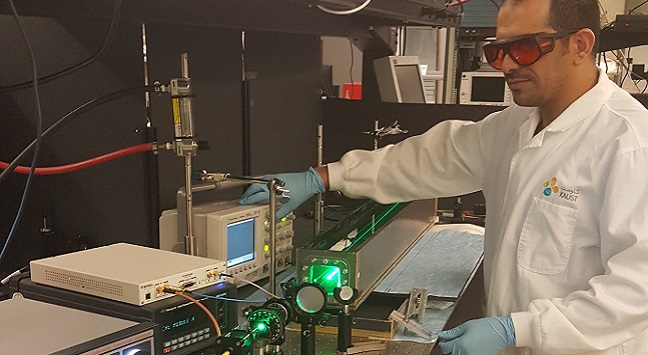
Electrical Engineering
An underwater wireless optical communications system for streaming high-quality, live video.

Electrical Engineering
Metallic nanostructures that slow down light dramatically can triple the efficiency of solar-based hydrogen fuel generation.

Electrical Engineering
A faster approach for computer detection of moving objects in video takes us a step closer to mimicking the reflexive detection ability of the animal visual system.

Electrical Engineering
3D-printed, disposable sensors capable of detecting noxious gases and changes in temperature and humidity could revolutionize environmental monitoring.

Electrical Engineering
Synchronized emissions from innovative on-chip lasers create possibilities for inexpensive artificial neural networks.
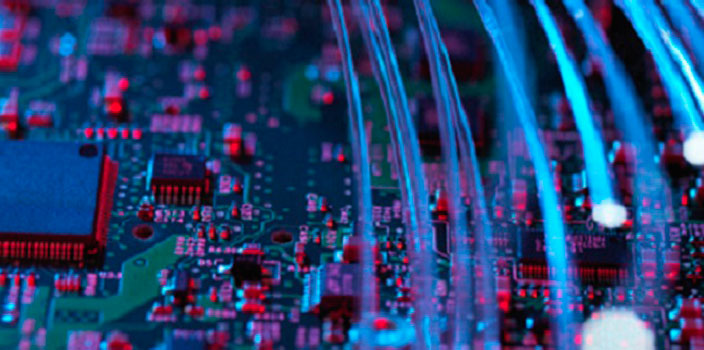
Electrical Engineering
Insights into the thermal behavior of metal-nitride nanowires could open new avenues in optical electronics.
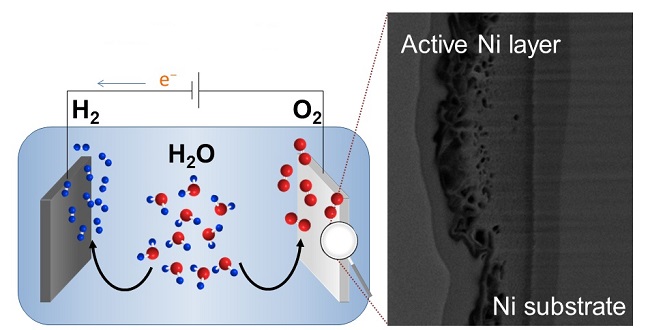
Electrical Engineering
A simple treatment of nickel to make it an efficient catalyst for water splitting.

Electrical Engineering
A coating of molybdenum improves the efficiency of catalysts for producing hydrogen.
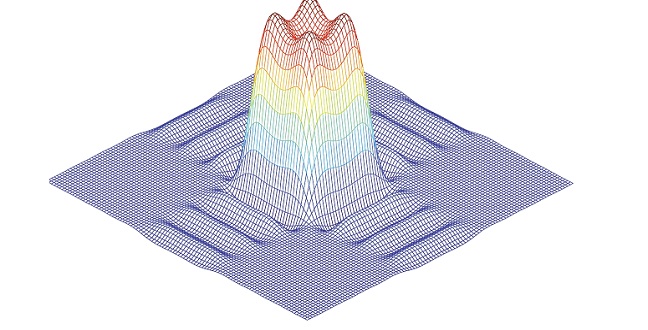
Electrical Engineering
A new method for shaping the waveform generated by multi-antenna radar systems is inexpensive and practical.
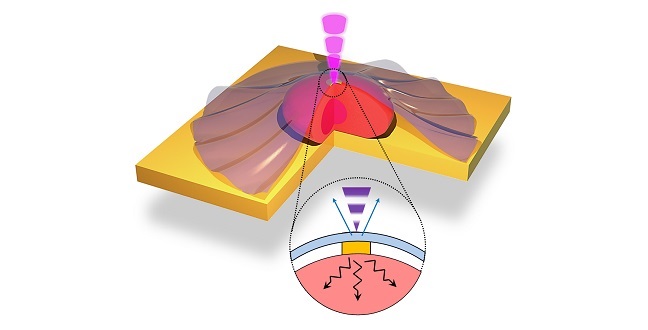
Electrical Engineering
New nano-sized sensors provide unprecedented data on how heat diffuses in and out of living cells.
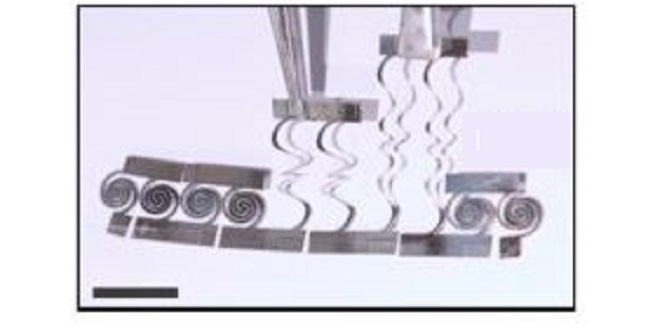
Electrical Engineering
Deformable thermoelectric materials add a new twist to the design of energy-scavenging devices.
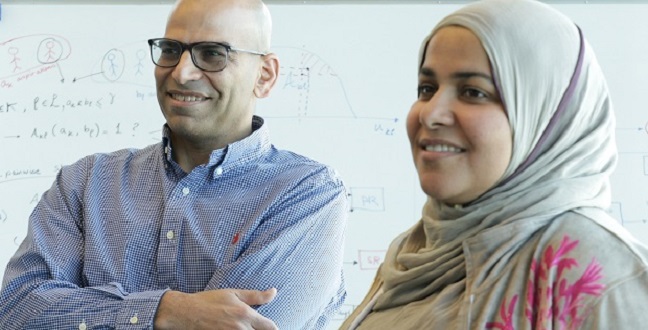
Electrical Engineering
Autonomously pairing network users could expand the capability of the next generation of wireless networks
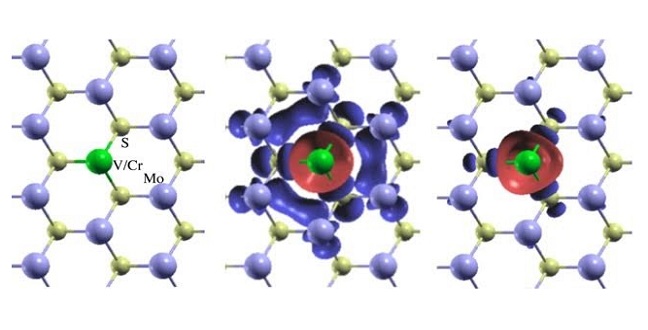
Electrical Engineering
Access to valley-polarized charge carriers by magnetic doping could transform electronics.

Electrical Engineering
High-speed fabrication developed at KAUST can turn out adhesive and flexible electronic devices in any shape imaginable.

Applied Mathematics and Computational Sciences
Wafer-thin, scratch-proof films can generate a rainbow of colors using random metallic nanostructures.
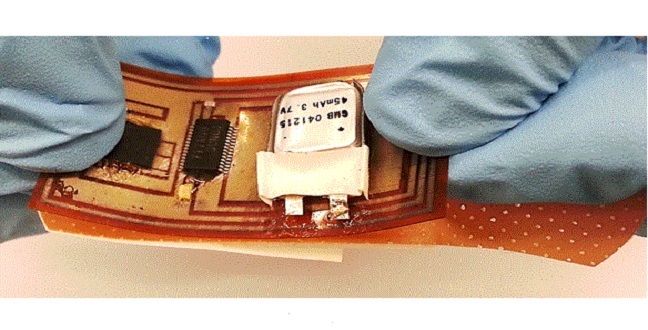
Electrical Engineering
Smart bandage technology provides instant updates on the condition of chronic wounds through a mobile phone app.
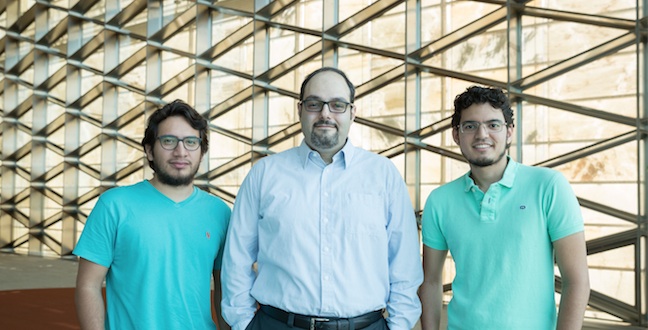
Electrical Engineering
Algorithms that train computers to automatically detect human activity in videos can improve online searches and real-world surveillance systems.
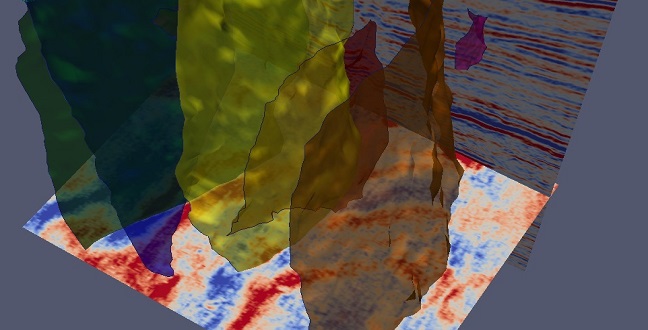
Electrical Engineering
Software that automatically recognizes surfaces within complex three-dimensional images can benefit petroleum extraction.
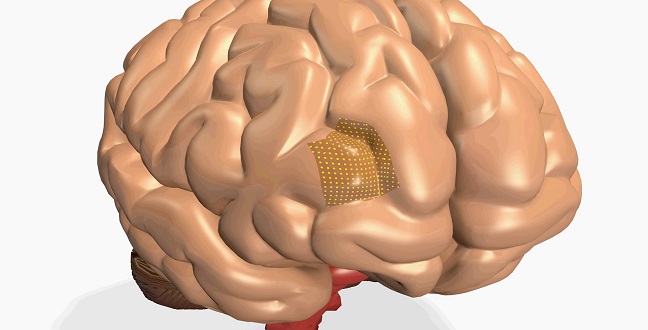
Electrical Engineering
New sensor design paves the way for safer and more effective brain monitoring.

Electrical Engineering
Exploiting the properties of disordered chaotic systems leads to low-cost energy harvesting and innovative micro-surgery applications.

Electrical Engineering
Nanocrystals that generate white light could help combine lighting and communications systems into one.
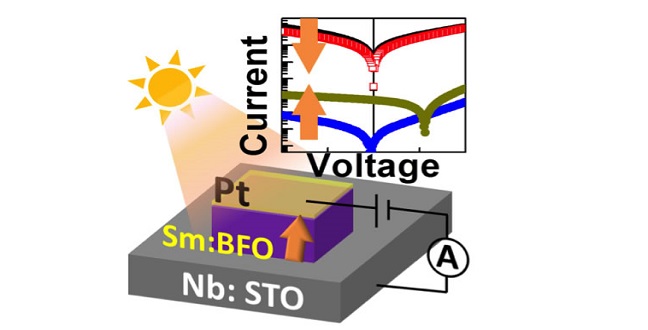
Electrical Engineering
Ferroelectric tunnel junction promises low-power, high-density data storage.

Electrical Engineering
Adjusting the cooking time is all it takes to tune the magnetic properties of these multi-functional iron nanowires.
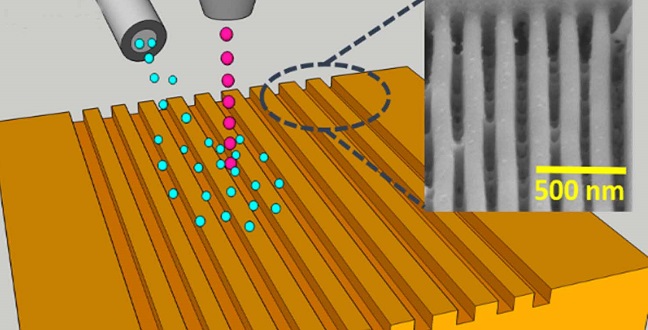
Electrical Engineering
Adding a gas enhances the processing of hybrid organic-inorganic materials for improved solar cells.
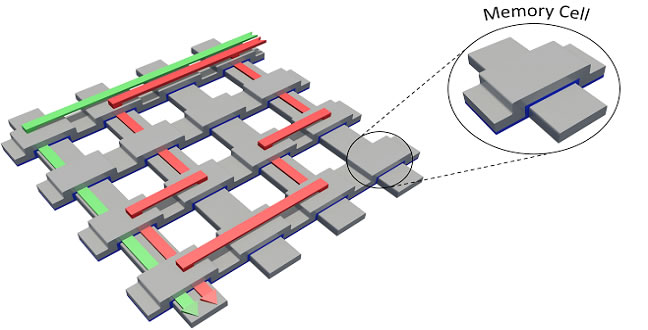
Electrical Engineering
A data readout scheme achieves an unprecedented reduction in power consumption for a promising high-performance resistive memory architecture.

Electrical Engineering
A graphics technique is the first to identify people based on their sketching style.
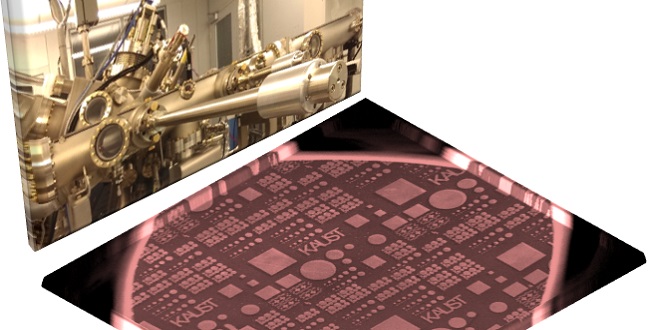
Electrical Engineering
Semiconductor light-emitting diodes fabricated on a metal substrate are less prone to overheating.
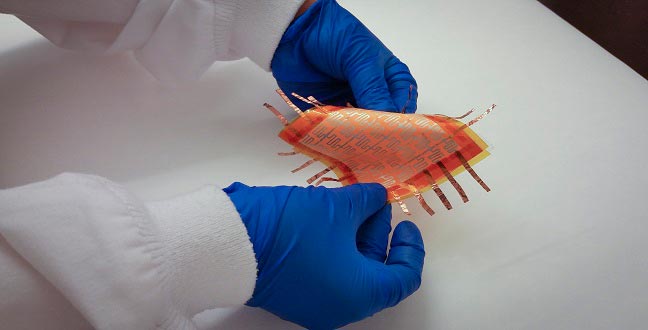
Electrical Engineering
A paper-based sensor that mimics the sensory functions of human skin has been developed for the first time from low-cost and commonly available household materials.

Electrical Engineering
Next-generation mobile networks can use cloud computing algorithms to manage the increasingly high data demands of users.

Electrical Engineering
The surface structure of magnetite is crucial to its performance in magnetism-based electronic applications.

Electrical Engineering
Growing high-quality films of hybrid perovskite materials takes solution-processed phototransistors to new levels of performance.

Electrical Engineering
A low-cost, copper-based flexible and stretchable antenna improves far-field data communication in wearable electronics.
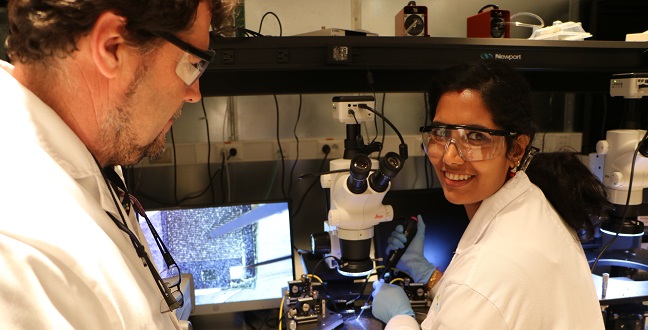
Electrical Engineering
A new biosensor made of laser-etched electrodes on a gold-coated polymer may provide an effective and cost-efficient way to assess heart disease risk.

Electrical Engineering
Biocompatible tactile sensors based on magnetic hair-like structures enable new applications for touch sensors.
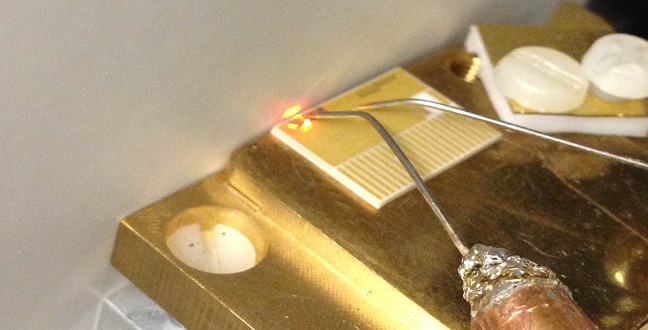
Electrical Engineering
Subtle changes to the composition of a semiconductor structure enable laser light at colors previously not thought possible.

Electrical Engineering
A novel computing technique recognizes and captures the distinctive surface patterns appearing in videos and images.
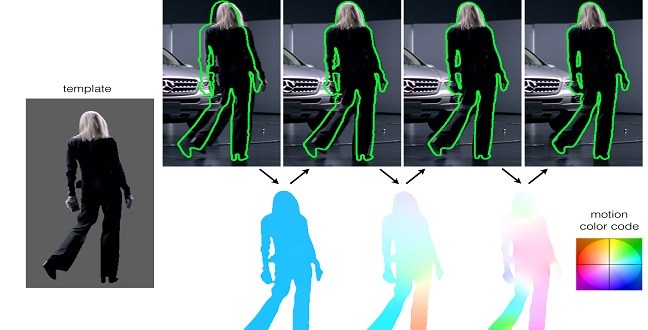
Electrical Engineering
A surprisingly simple algorithm helps computers perceive individual objects inside videos from their movement patterns.
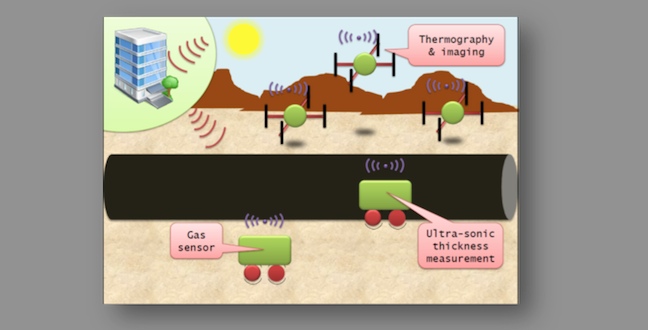
Electrical Engineering
An improved wireless communication protocol enables more robust links between remote electronic devices.

Electrical Engineering
Identifying noise in communication signals helps to filter out glitches and improve transmission quality.

Electrical Engineering
Transistor designs based on nanotubes could considerably reduce the power demands of computers.
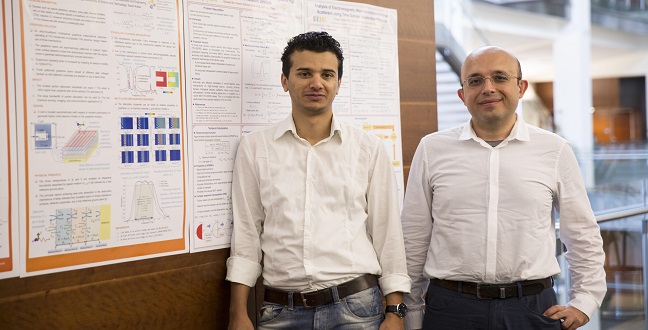
Electrical Engineering
A tiny device broadens the bandwith to enable absorption with wide-reaching potential for electrical engineering.
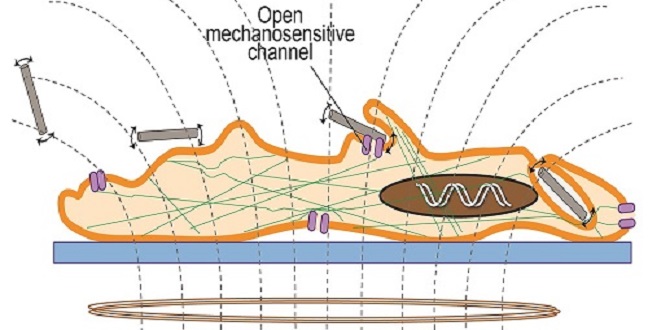
Electrical Engineering
Magnetic nanowires with weak magnetic fields and low frequencies can destroy cancer cells without generating heat.

Electrical Engineering
A catalyst that helps develop a new route to break up carbon dioxide uses a renewable source of clean energy.
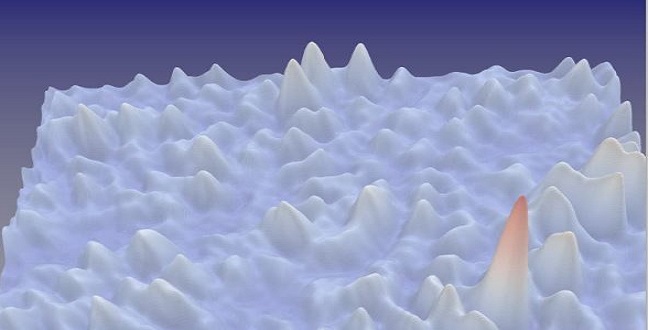
Electrical Engineering
A microchip designed to generate and control rogue waves of light on the nano-scale has many potential applications.
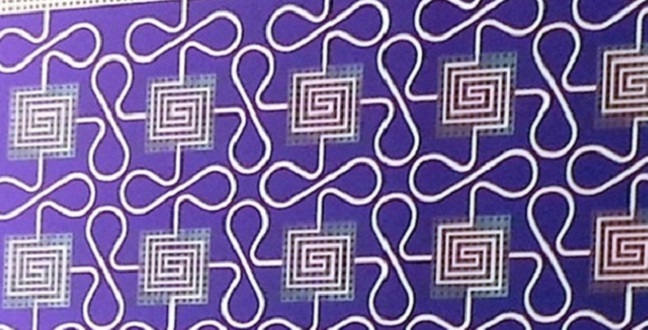
Electrical Engineering
Highlighting sustainability and the work of female researchers was a strong focus of the international KAUST-US NSF electronics conference.
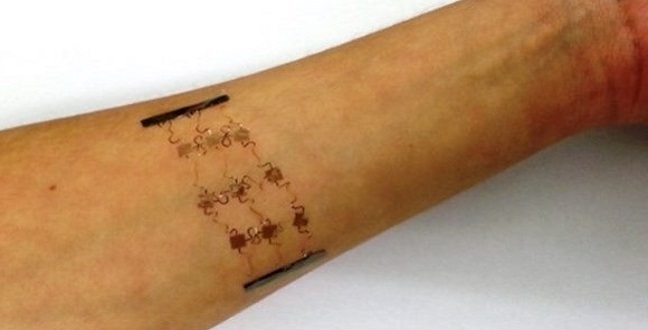
Electrical Engineering
Smart, stretchable pads open up a new approach for thermotherapy.
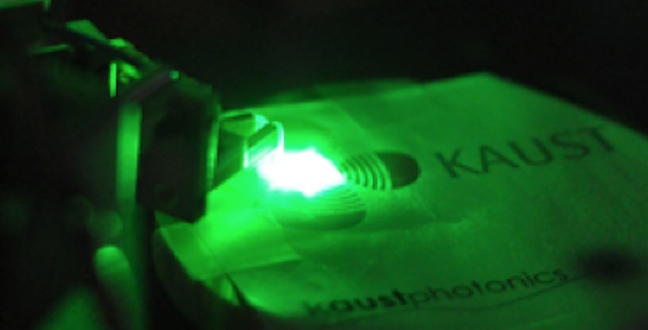
Electrical Engineering
The discovery of the incandescent light bulb has transformed human existence. New LED technologies promise to be the next step forward.

Electrical Engineering
Sustainable energy generation boosted by a nanoscale device that converts thermal infrared radiation to an electrical current.

Electrical Engineering
Floating paper cubes containing low-cost, inkjet printed electronic sensors can wirelessly monitor floods in real time.
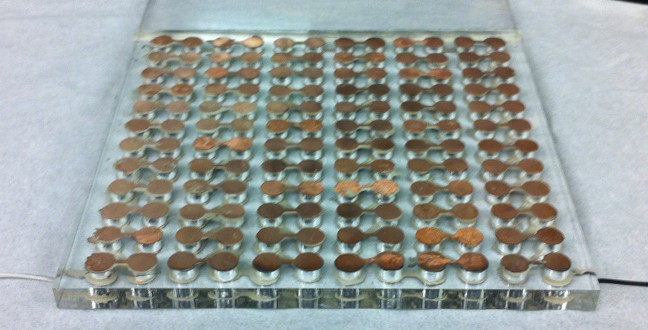
Electrical Engineering
Generators embedded in windows produce electricity from the temperature differential between an air-conditioned interior and a sunny outside world.

Electrical Engineering
Chaotic optical resonators can trap more light energy than their orderly counterparts.
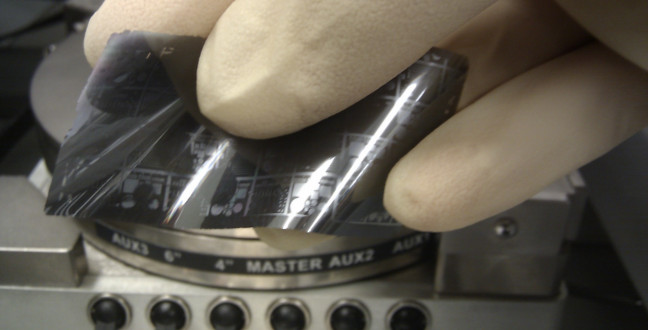
Electrical Engineering
Bendable electronics could help make robust wearable devices that can continuously monitor a person’s health.